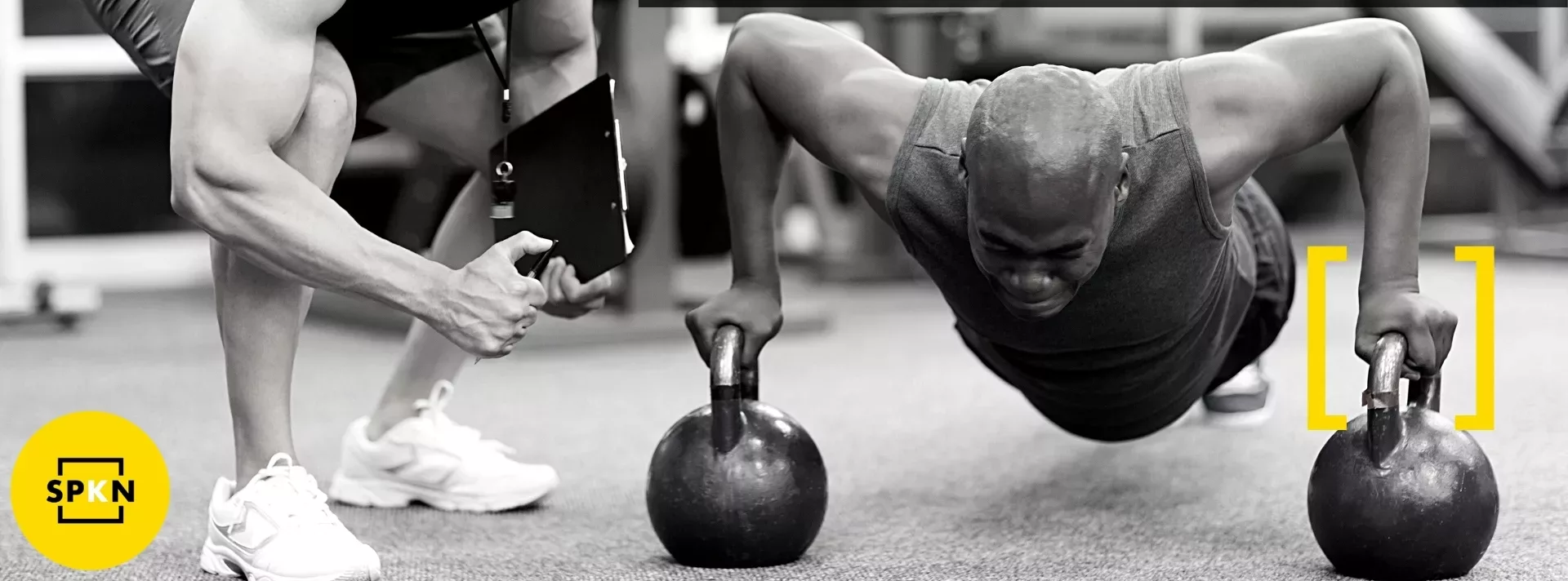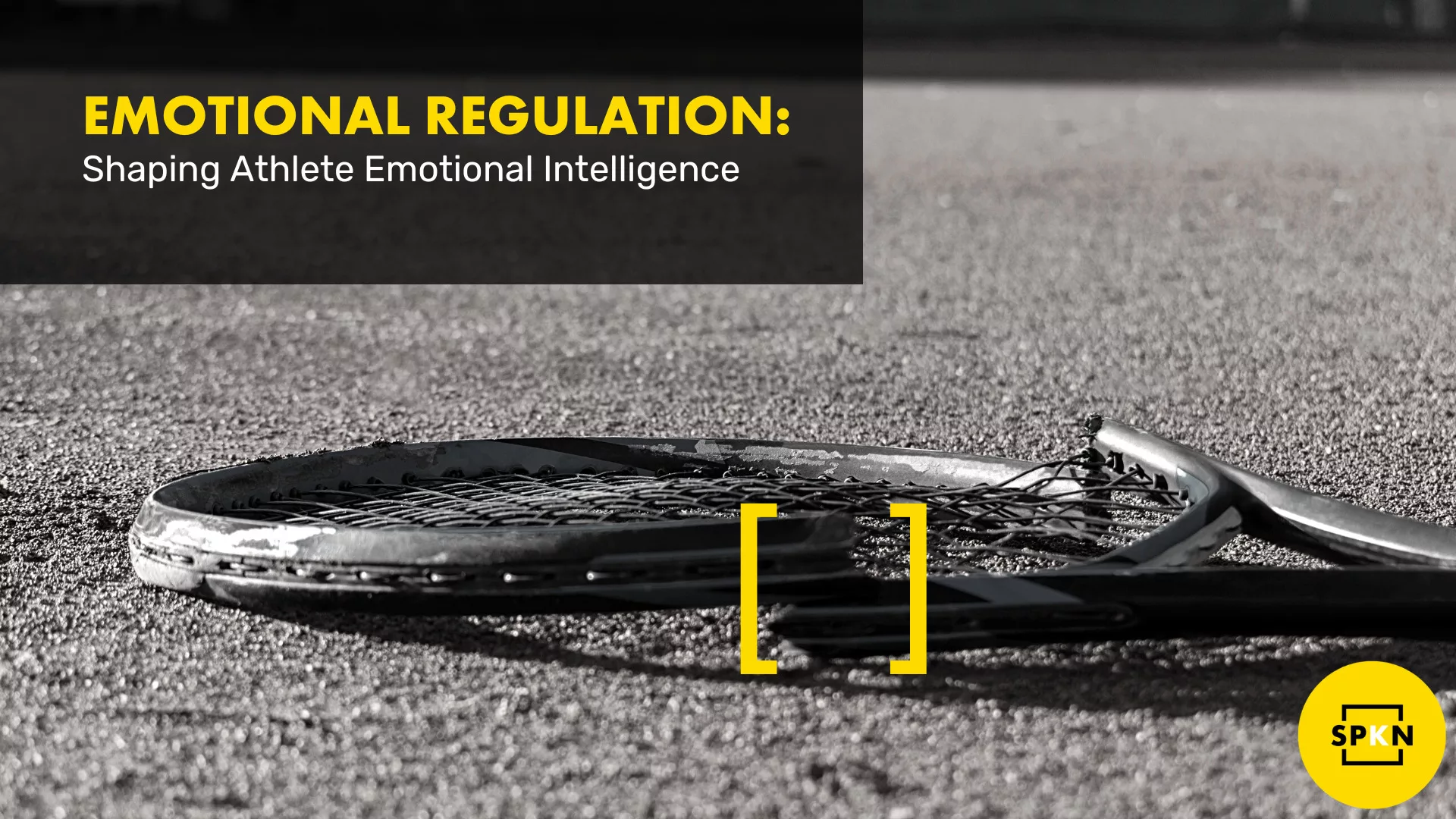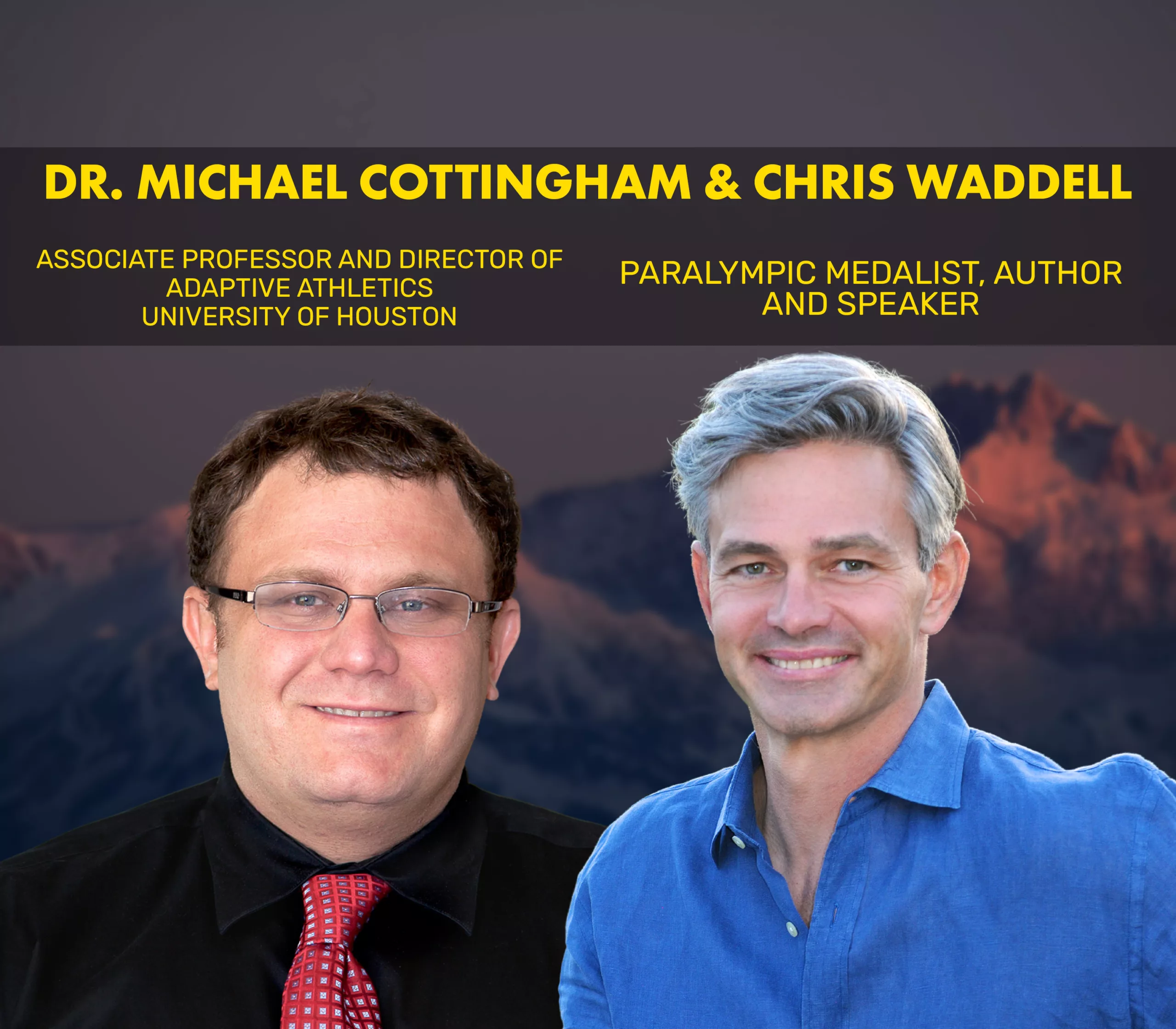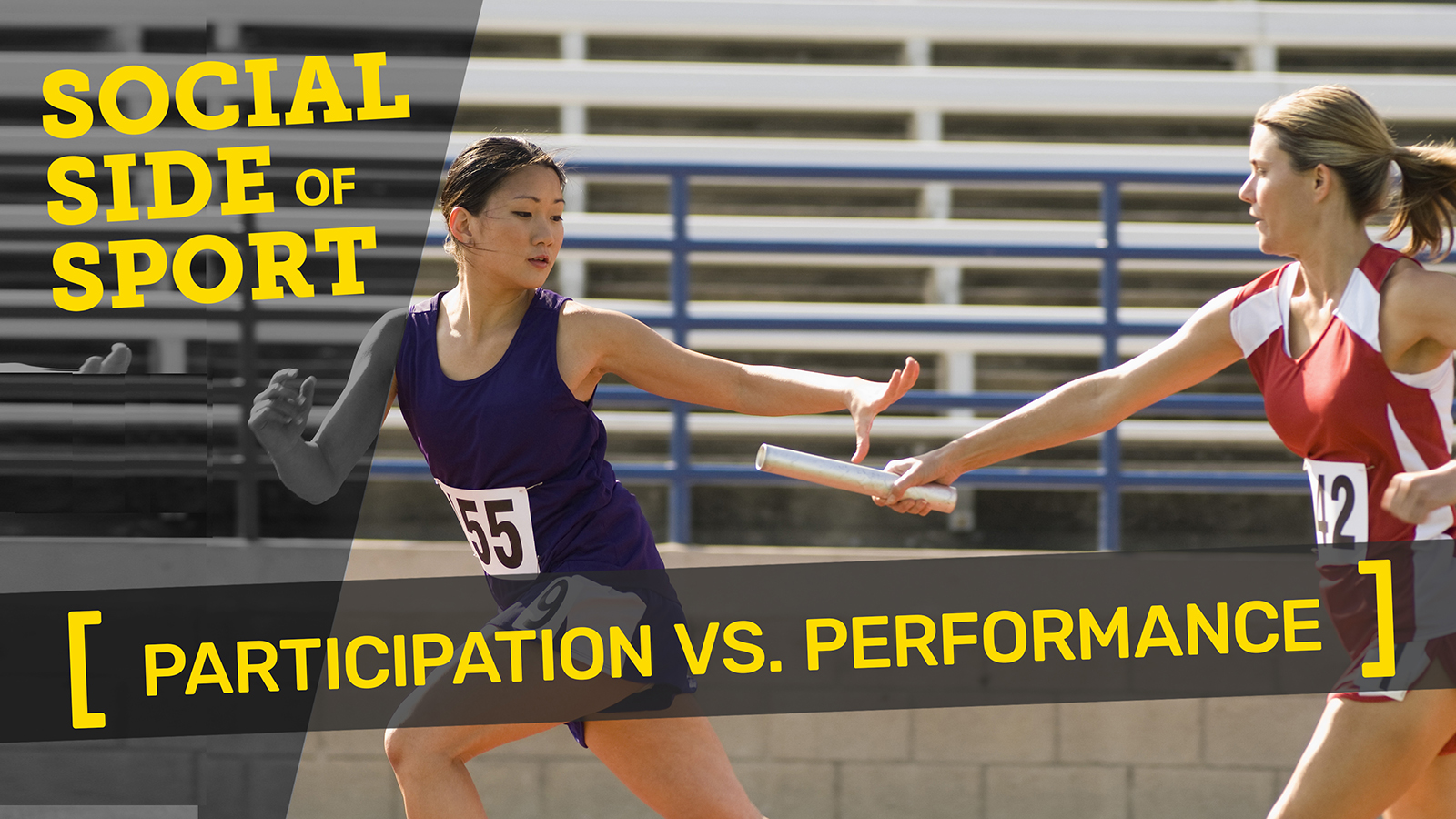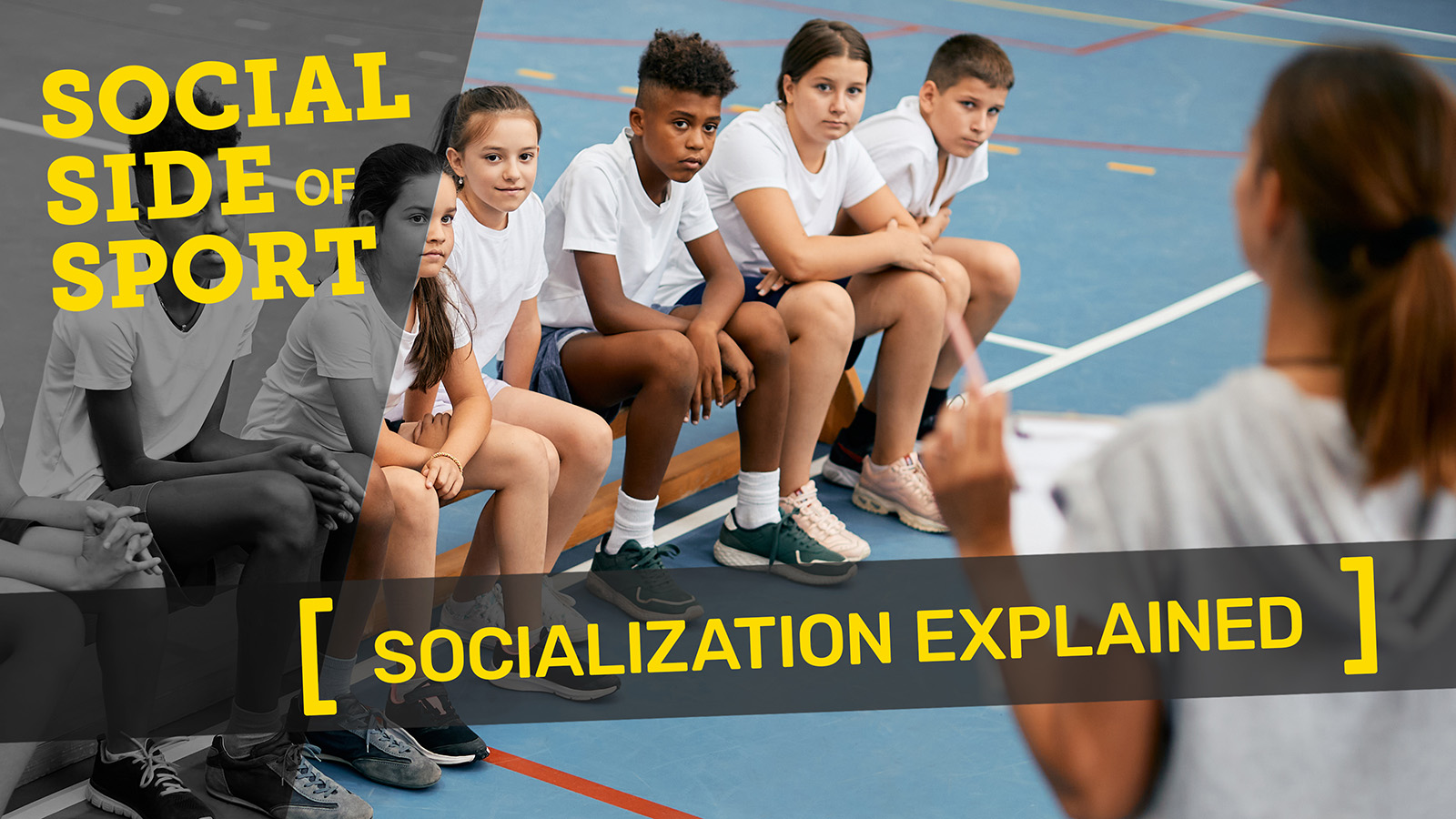Attention-deficit/hyperactivity disorder (ADHD) is a frequently diagnosed neurodevelopmental disorder characterized by persistent symptoms of age inappropriate inattention, hyperactivity, and/or impulsivity. ADHD is often identified in childhood, typically before 12 years of age, but commonly lasts through adolescence and into adulthood, affecting approximately 5% of children and 2.5% of adults (American Psychiatric Association, 2013).
ADHD is associated with an array of neurocognitive deficits (e.g., executive dysfunction), psychiatric comorbidities (e.g., major depressive disorder, social phobia, substance abuse), and social difficulties (e.g., interpersonal problems, emotional impairment), resulting in substantial individual difficulties and societal burdens with regard to, but not limited to, academic and occupational attainments.
From the perspective of cognitive neuroscience, ADHD is linked to functional and structural abnormalities in the brain, those underlying cognitive and executive functions, including neural networks and structures in inferior frontal cortex, dorsolateral prefrontal cortex, orbitofrontal cortex, and ventral striatum. ADHD is also related to imbalances in the dopaminergic and noradrenergic system stemming from the dysfunctional regulation of neurotransmitters such as dopamine and norepinephrine. Both pharmacological and psychosocial treatments have been employed to treat ADHD.
Methylphenidate, a commonly used psychostimulant, is likely to be effective because it increases the levels of dopamine and norepinephrine in the prefrontal cortex and fronto-striatal network; however, the resulting gains tend to be short-lived and its cost and side effects might prohibit its use in some cases.
Physical exercise has recently been proposed as a potential intervention against ADHD because it has been demonstrated to facilitate the health of brain structures and functions in healthy populations, in addition to having been shown to enhance neural plasticity and increase the regulation of neurotransmitters and neurotrophic factors in animal studies (Chang, Liu, Yu, & Lee, 2012).
Aerobic exercise, regardless of whether it consists of chronic (i.e., long-term) or acute (i.e., a single bout of) exercise, seems promising for the promotion of various functions in those with ADHD, including executive functions, attention, and behavior; however, the effects of nonaerobic exercise remain debatable (Den Heijer et al., 2017). Although physical exercise could be considered as an alternative treatment for ADHD or a treatment that could be combined with other treatments of ADHD, conclusively identifying the specific components necessary for such exercise to be effective, including the type, intensity, duration, and length of the exercise, would require further studies with strict designs (Hoza, Martin,
Pirog, & Shoulberg, 2016).
References
American Psychiatric Association. (2013). Diagnostic and statistical manual of mental disorders (5th ed.). Washington, DC: American Psychiatric Association. Chang, Y. K., Liu, S., Yu, H. H., & Lee, Y. H. (2012). Effect of acute exercise on executive function in children with attention deficit hyperactivity disorder. Archives of Clinical Neuropsychology, 27(2), 225 237.
Den Heijer, A. E., Groen, Y., Tucha, L., Fuermaier, A. B., Koerts, J., Lange, K. W., . . . Tucha, O. (2017). Sweat it out? The effects of physical exercise on cognition and behavior in children and adults with ADHD: A systematic literature review. Journal of Neural Transmission (Vienna), 124 (Suppl. 1), 3 26.
Hoza, B., Martin, C. P., Pirog, A., & Shoulberg, E. K. (2016). Using physical activity to manage ADHD symptoms: The state of the evidence. Current Psychiatry Reports, 18(12), 113.
***Contributed by Yu-Kai Chang & Tsung-Min Hung for Hackfort, D., Schinke, R. J., & Strauss, B. (Eds.). (2019). Dictionary of sport psychology: sport, exercise, and performing arts. Academic Press.
(https://amzn.to/3ZxARzT)









